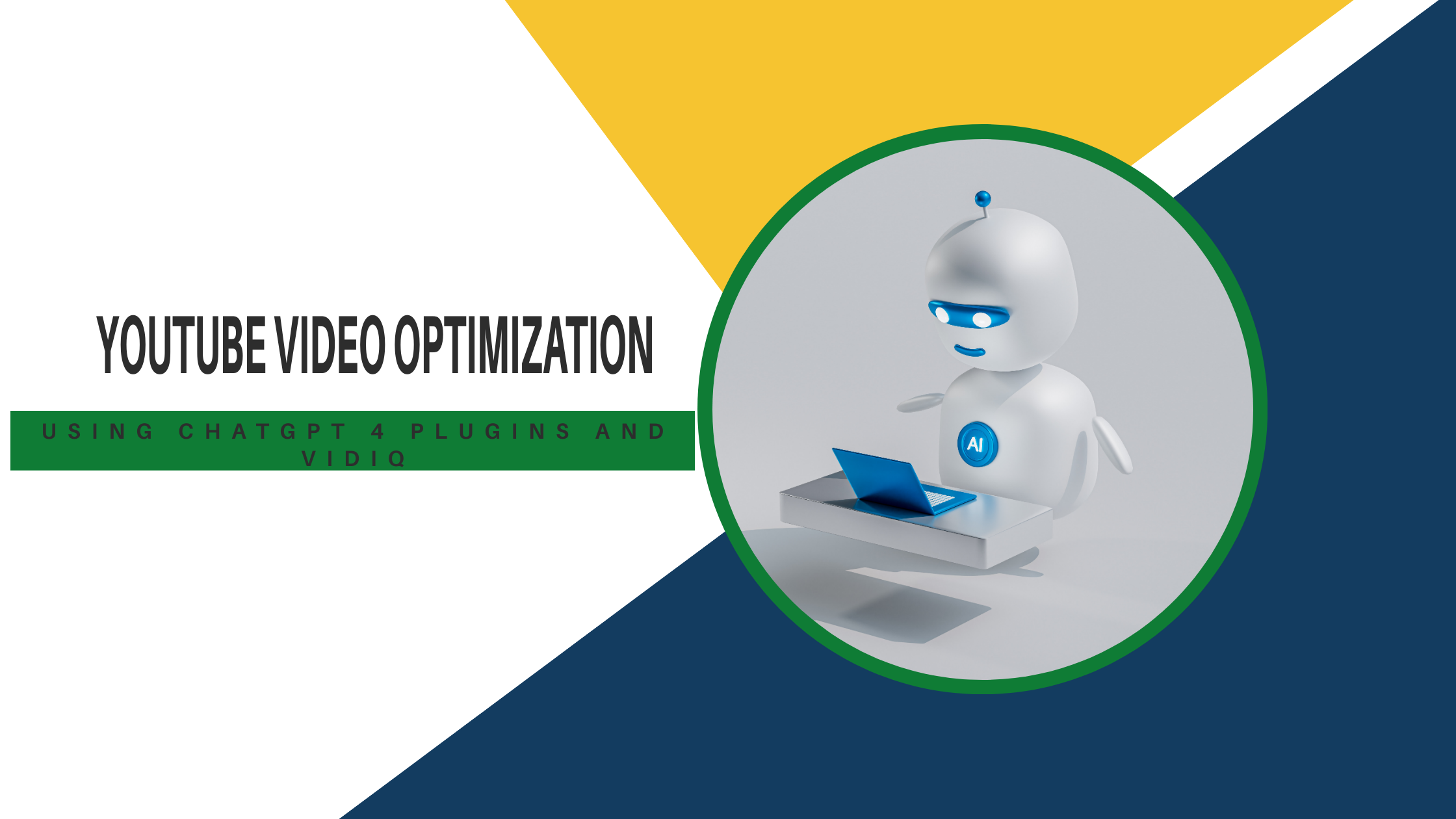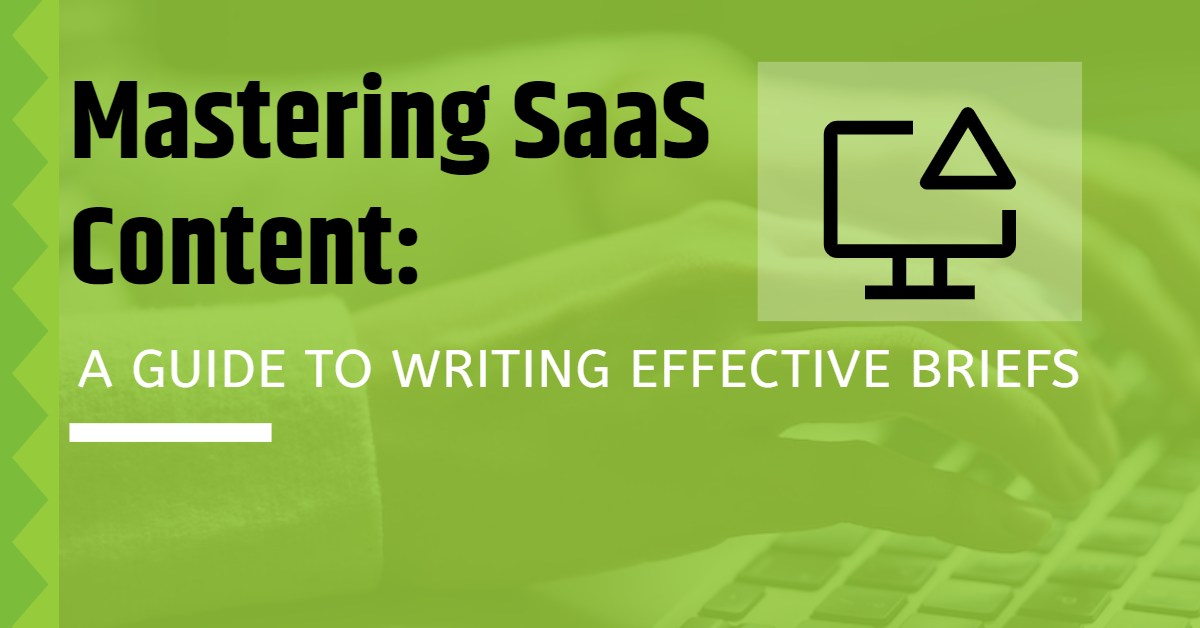Hey there! Justine here from Growthturn, and today, we’re diving into the exciting world of YouTube video optimization. Remember the time when we thought uploading videos was just about hitting ‘publish’? Well, those days are long gone.
Now, it’s all about smart optimization. And guess what? I’ve found some incredible tools – ChatGPT 4 plugins like Voxscript and VideoInsights, and VidiQ for keyword research – that are game-changers in this realm. Let’s explore how these tools can skyrocket your YouTube video’s search and engagement metrics.
Understanding YouTube Optimization
Our journey begins with a Standard Operating Procedure (SOP) we developed at Growthturn. This SOP is a blueprint for leveraging ChatGPT 4 plugins, Voxscript and VideoInsights, along with VidiQ for keyword research, to elevate the performance of YouTube videos.
A Step-by-Step Breakdown
Step 1: Make sure you get our free template that contains the prompt – here
Step 2: Compile YouTube Video List
Begin by gathering a comprehensive list of YouTube videos along with their titles. Organize this list in a text editor for easy reference. This step is foundational, ensuring a smooth workflow in the subsequent stages of optimization.
Step 3: Activate ChatGPT 4 Plugins
Access ChatGPT and select the ChatGPT 4 version. Activate the Voxscript and VideoInsights plugins. Familiarize yourself with the interfaces of these plugins, as they will be instrumental in the optimization process.


Activate the plugin by clicking the “Square”

Step 4: Initiate ChatGPT Conversation
Start a conversation in ChatGPT using a specific prompt designed for video audit. Include the YouTube video URL, its title, and the URL of the blog list page where embedding suggestions will be made. Ensure the prompt is detailed to reflect accurately the desired video audit and embedding suggestions. Here’s the prompt
Step 5: Await Plugin Analysis
Press Enter and allow ChatGPT to process the audit using the plugins. Observe the analysis, noting any potential issues or inconsistencies that may arise during the process

Step 6: Compile Audit Results
Once the audit is complete, compile the recommendations and suggestions into a well-organized document. This document should clearly present the audit results, making it easy to understand and act upon.
Result:

Step 7: Perform Keyword Research on VidiQ
If not already registered, sign up on VidiQ. Use the video title from the audit results to conduct keyword research. Look for keyword volume and competition, recording these metrics alongside the video title in the audit results document.
Go to https://vidiq.com/
Go to the keywords section and enter the title of the YouTube video.
Sample:

Compile the search volume and competition for that keyword:

Also, check if there are other keywords that have the same purpose but higher search volume and lower competition. If there is, include the keyword/title in the optimization list and suggest it to be the new title for the YouTube video.

Step 8: Compare Keywords and Competition
For each video, compare the keyword volumes and competition levels between the original title and the suggested titles. Identify titles with higher keyword volume and lower competition, recommending these as potential replacements for the original titles.
Consolidate all the optimization and analysis information from ChatGPT regarding the YouTube video, and combine it with the data from VidIQ to complete the document.
Conclusion
This SOP provides a structured approach to optimizing YouTube videos using ChatGPT 4 plugins and VidiQ. By following these steps, you can enhance your video titles, descriptions, tags, and overall search performance.
Is your SaaS business fully leveraging the power of SEO and YouTube content? At Growthturn, we specialize in elevating your online presence through strategic SEO practices and targeted YouTube video optimization. Our approach is designed to not only improve your search engine rankings but also to enhance your visibility and engagement on YouTube. Book a call with Growthturn today.



